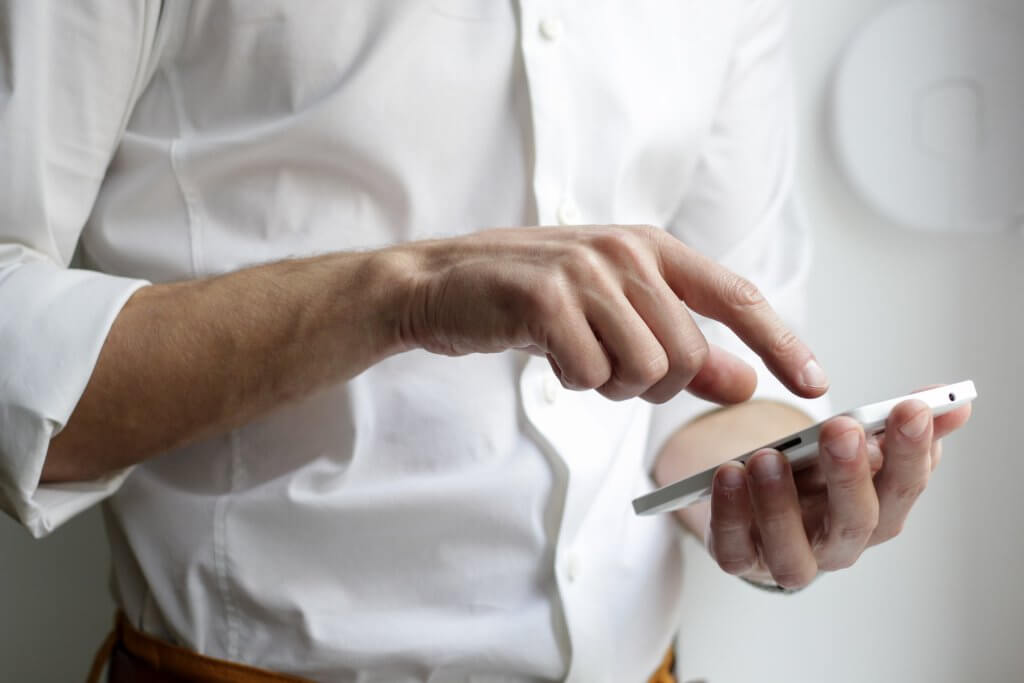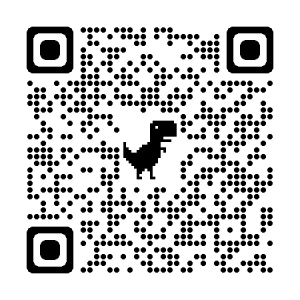
How Secure are the Mobile Payment Systems?
In addition to communication and entertainment features, smartphones also offer mobile payment services. With advancement of technology, the convenience of payment systems have become an integral part of our daily lives. However, we have to be aware of the security risks associated with these transactions.
The following explore the security of mobile payment systems and provide valuable insights on ensuring a safe and secure digital payment experience.
Mobile Payment Systems
The past few years have driven the demand for cashless payments and do it mostly through mobile devices.
Data compiled in June 2023 by Statista revealed that 51 per cent of Australian consumers used Apple Pay for their payments, rounded out on the podium by Afterpay (35 per cent) and PayPal (31 per cent).
A new report by the Australian Banking Association also covered a rise in credit cards being linked up to mobile-based payments, with 15.3m tallied as of 2022, up from roughly two million in 2018. In the same period, transactions in mobile payments rocketed from $746m to over $93 billion.
Apple, in particular, is already on a roll introducing more payment services, such as the Tap to Pay over iPhone system being introduced for small business operators; Tyro and Westpac Bank also activated the system for their customers.
On the demographics front, RBA data indicate that 60 per cent of people in the 18-29 bracket use mobile devices to make payments at least once a week.
Mitigating the Risks of Mobile Payment Systems
As mobile payments become increasingly popular, they also become attractive targets for cybercriminals and fraudsters.
Data Breaches and Unauthorised Access
One of the primary concerns surrounding mobile payment systems is the risk of data breaches and unauthorised access to personal and financial information. Cybercriminals may attempt to intercept sensitive data during transactions, gain unauthorised access to mobiles, or exploit vulnerabilities in payment applications.
Make sure to install and use reputable payment apps from trusted sources. Look for apps that have strong security measures, such as end-to-end encryption, multi-factor authentication, and tokenisation.
Regularly update your mobile’s operating system and payment apps to ensure that you have the latest security patches and bug fixes.
Utilise biometric authentication features like fingerprint or facial recognition to add an extra layer of security to your mobile payments.
Set strong and unique PINs or passwords for your payment apps and avoid using easily guessable combinations.
Malware and Phishing
Mobile devices are increasingly targeted by malware and phishing attacks, which aim to trick users into revealing their personal and financial information. These attacks can come in the form of malicious apps, fake websites, or phishing emails and text messages.
To protect yourself, only download apps from official app stores and read reviews and ratings before installing them. Be wary of apps with poor reviews or suspicious permissions.
Exercise caution when you click on links or share personal information. Avoid clicking on links in unsolicited emails or messages and double-check the legitimacy of the websites you visit.
Consider using reputable mobile security software that can detect and block malicious apps or websites.
Stay informed about the latest on malware and phishing techniques to recognise and avoid potential threats.
Lost or Stolen Devices
Losing your mobile or having it stolen can be a significant security risk, particularly if it contains sensitive payment information.
To reduce the impact of such incidents enable features like Find My Device (Android) or Find My iPhone (iOS) to remotely locate, lock, or erase the data on your lost or stolen device. Set a strong passcode or PIN to prevent unauthorised access to your mobile.
If your mobile is lost or stolen, immediately notify your bank or payment provider to suspend or disable your mobile payment services. Regularly backup your mobile data to a secure location to ensure you can restore it if needed.
Public Wi-Fi and Unsecured Networks
Using mobile payment services on public Wi-Fi or unsecured networks can expose your personal and financial information to potential eavesdropping and interception.
To protect yourself when using public networks, avoid conducting mobile payment transactions while connected to public Wi-Fi networks. When using public Wi-Fi, utilise a trustworthy Virtual Private Network (VPN) to encrypt your internet connection and safeguard your data.
Activate your mobile’s firewall and ensure that the payment apps you use employ encryption to secure your data during transmission. Double-check the legitimacy and security of the network you connect to before making mobile payments.
While mobile payments offer convenience and efficiency, it is significant to tread carefully on the security front. Taking proactive steps, you can enjoy the benefits of mobile payments while ensuring a safe and secure digital payment experience.
UBUDGET, provided by UBOMI, empowers users to manage their finances by setting and monitoring budgets, thus giving them increased control. This is a formidable resource that can assist in accomplishing personal targets.
If you liked our “How Secure are the Mobile Payment Systems?” and find it useful, check our blogs regularly for more information and to get updates on UBOMI’s budget planner app.
DISCLAIMER: This article is for informational purposes only. UBOMI has no relations with any digital payment vendor nor endorse or disparage any digital payment platform.




